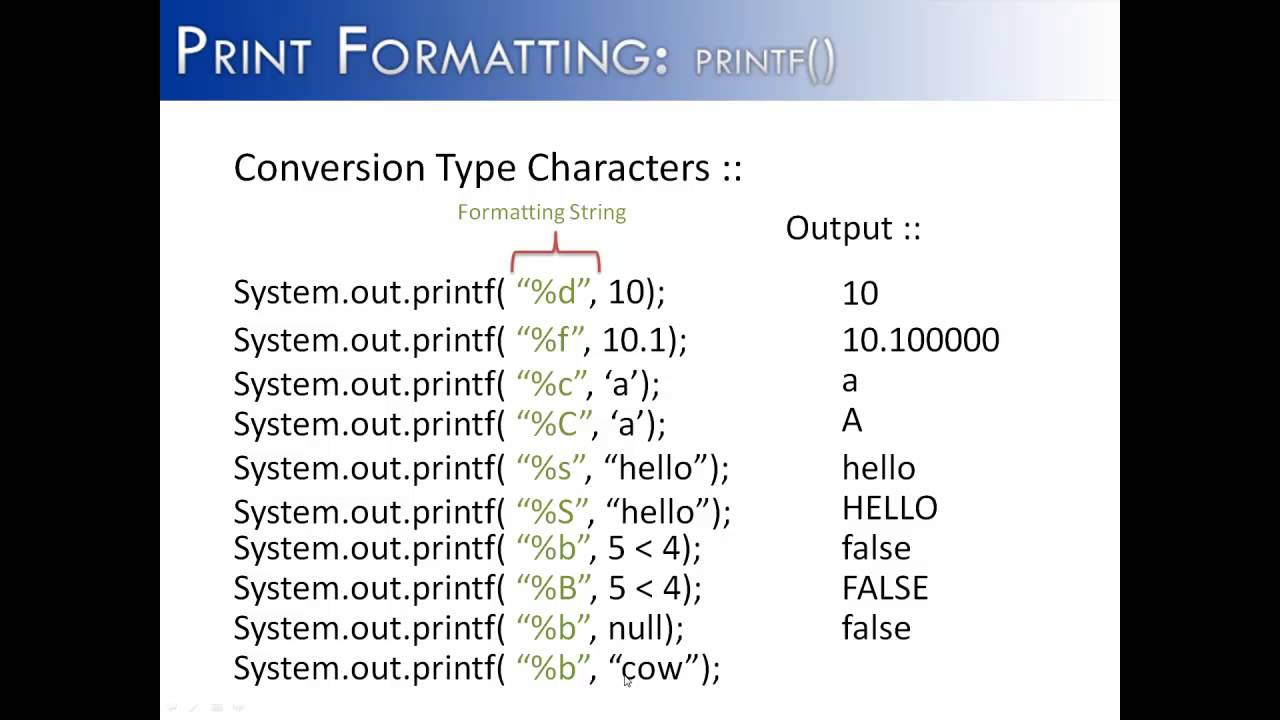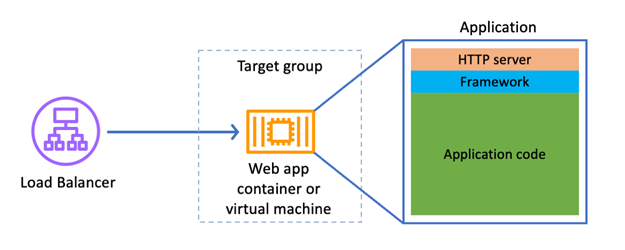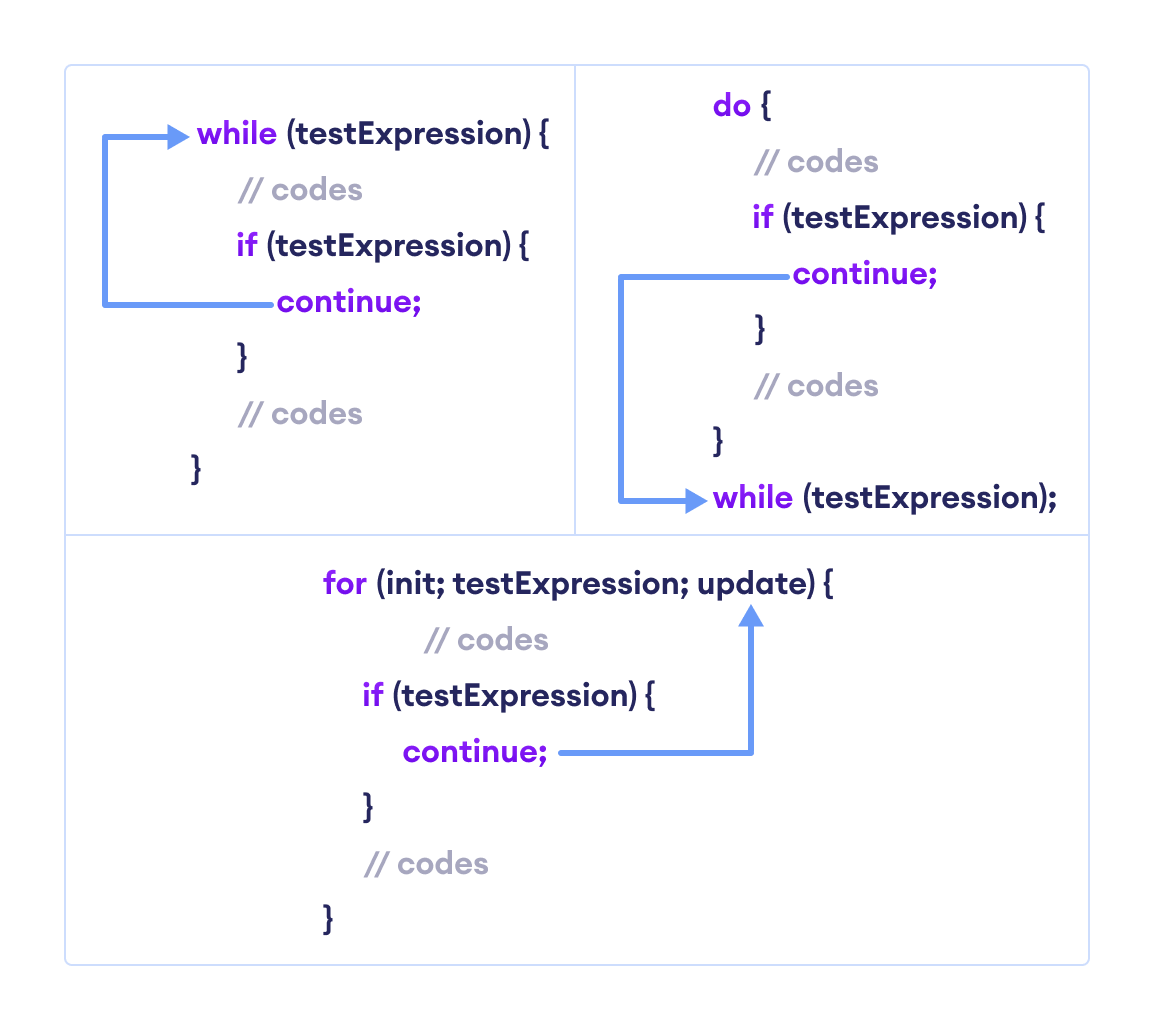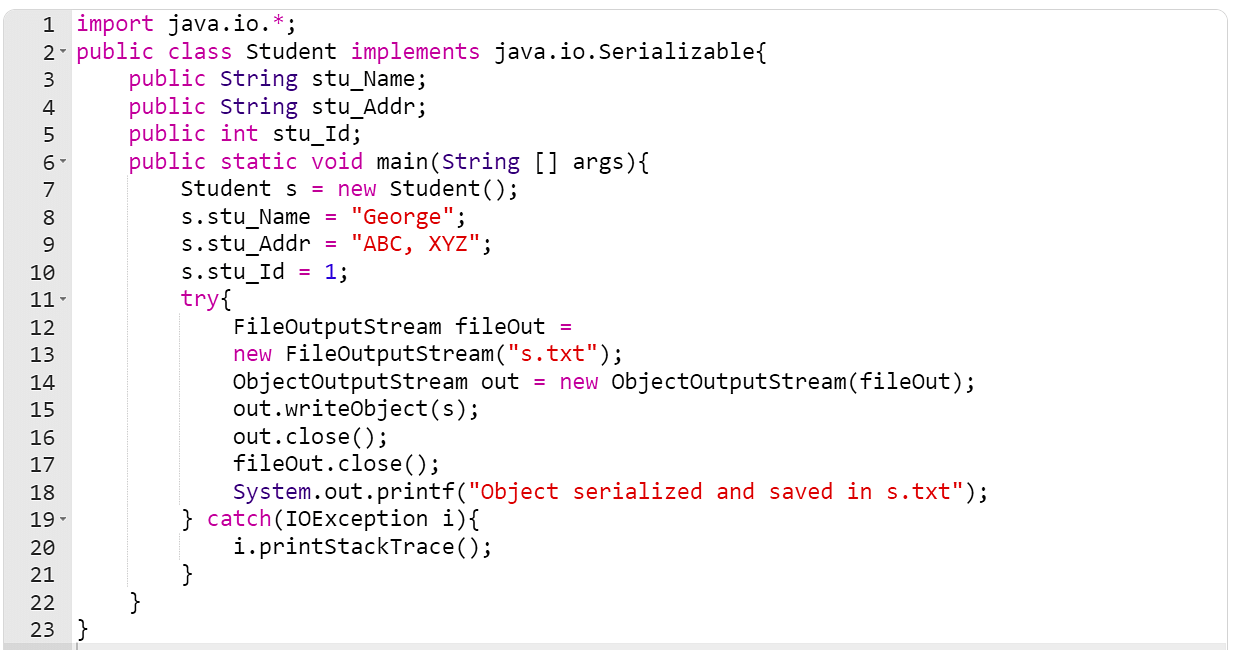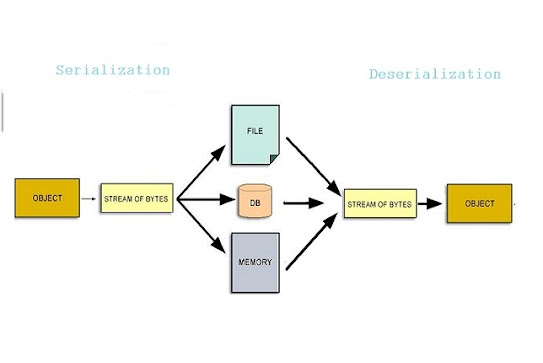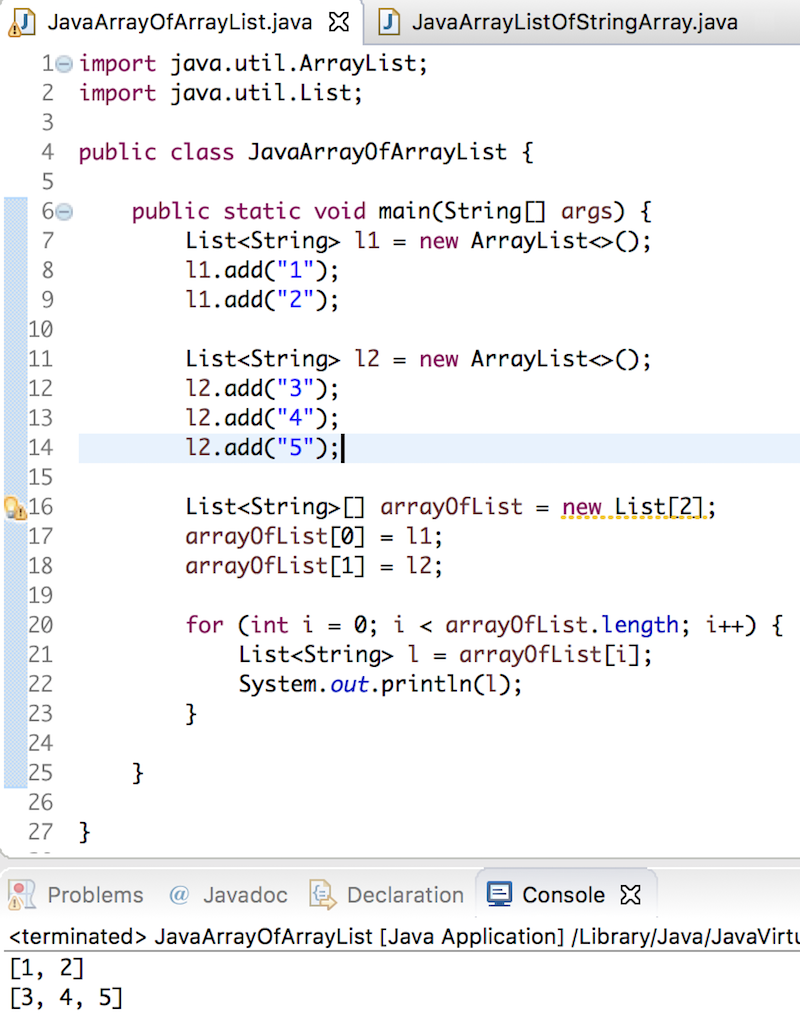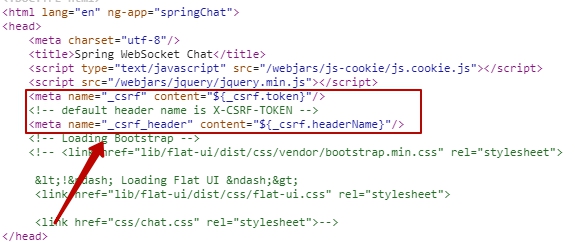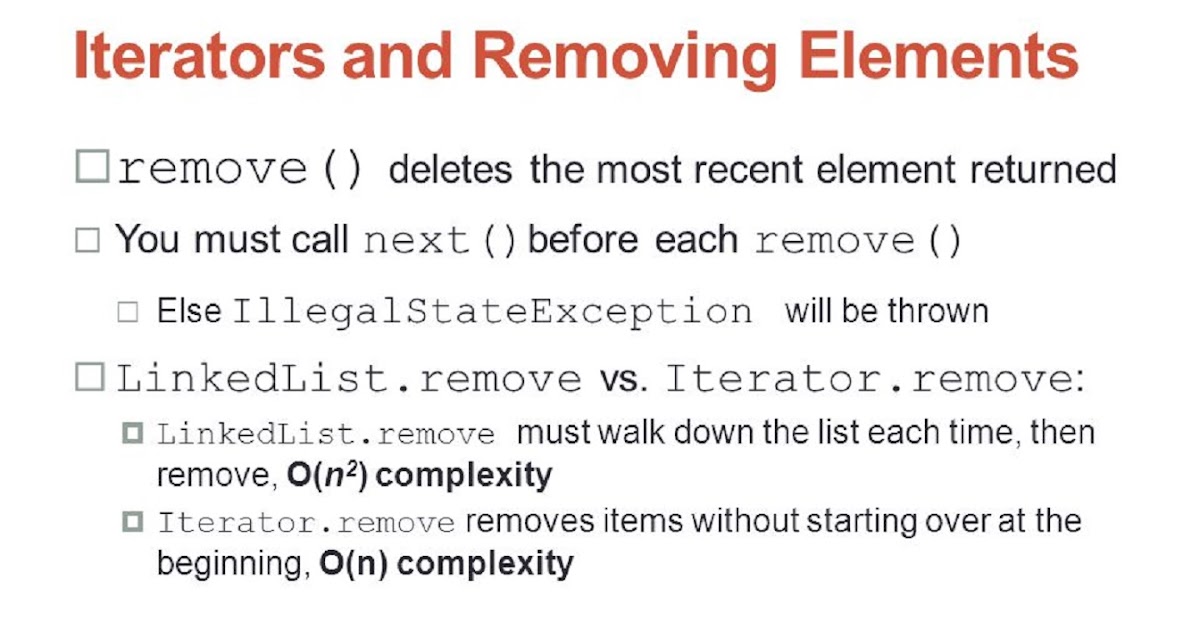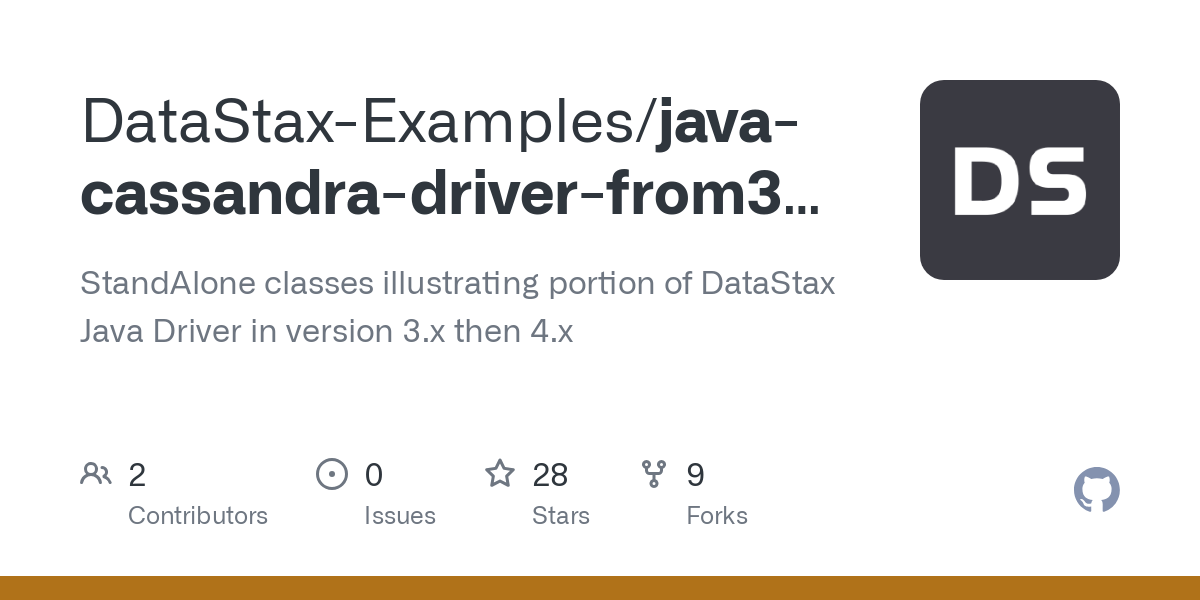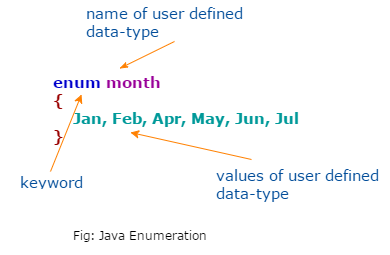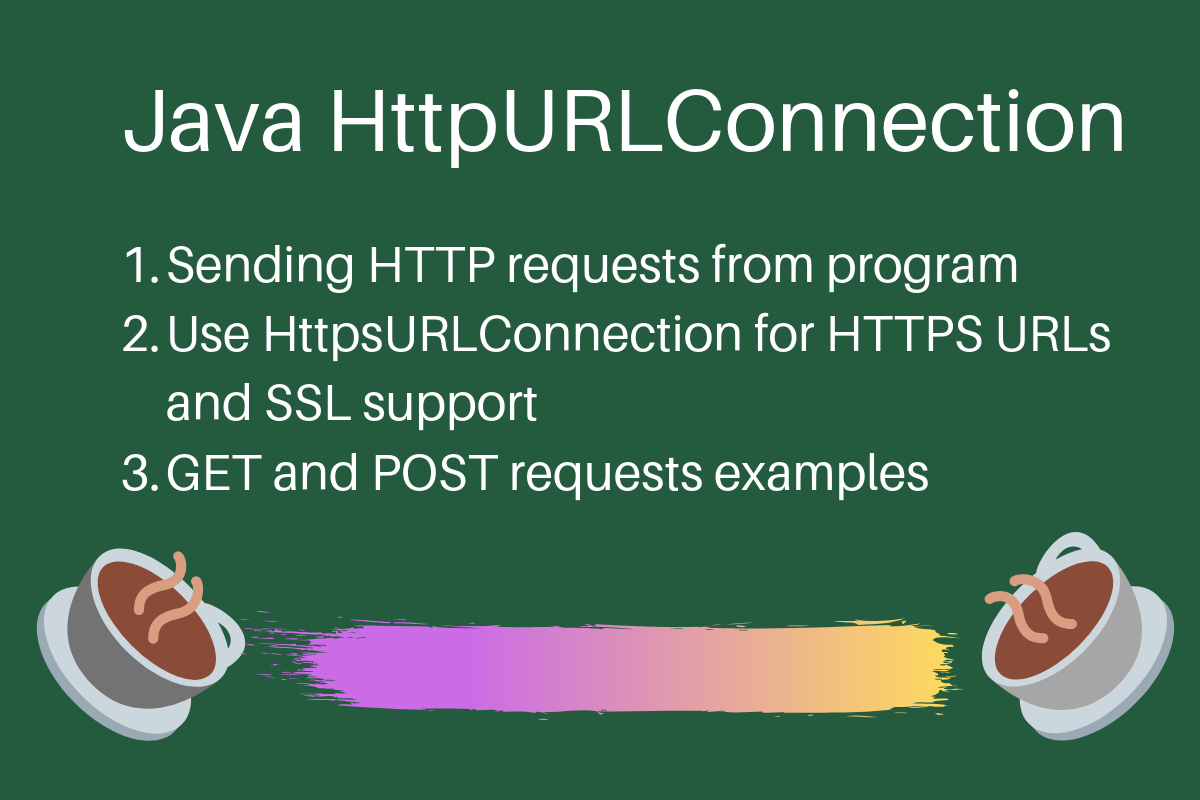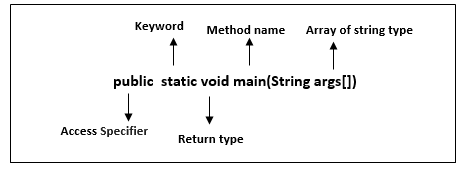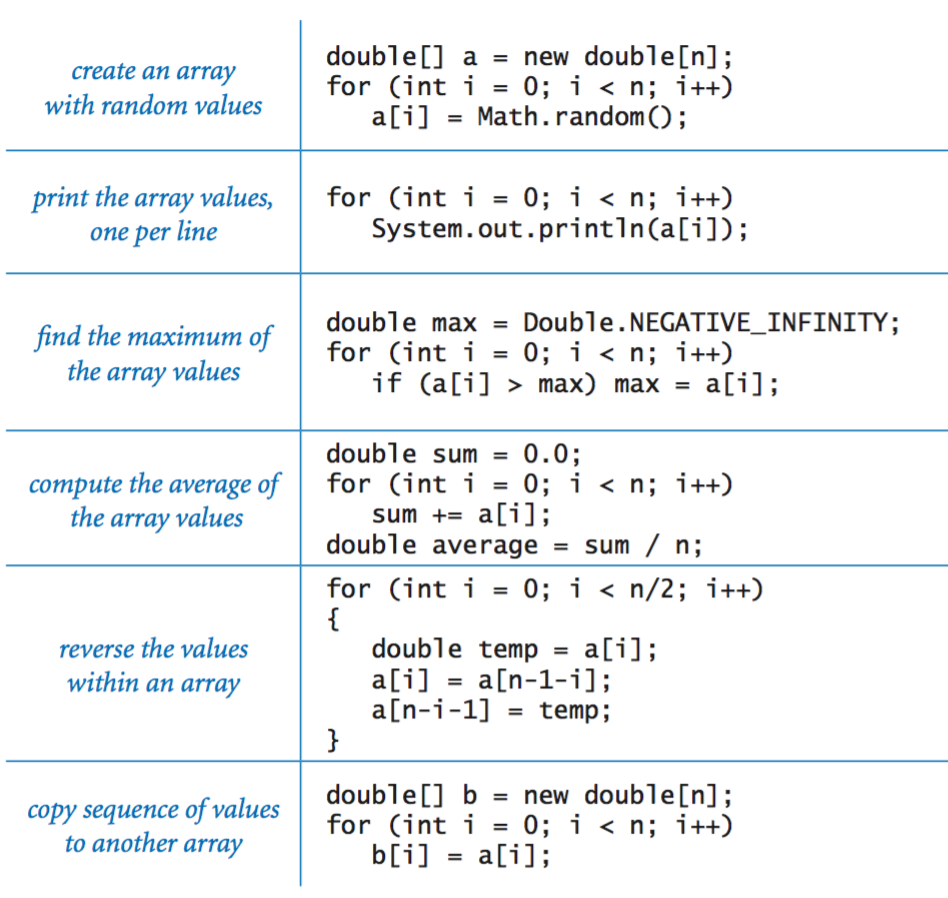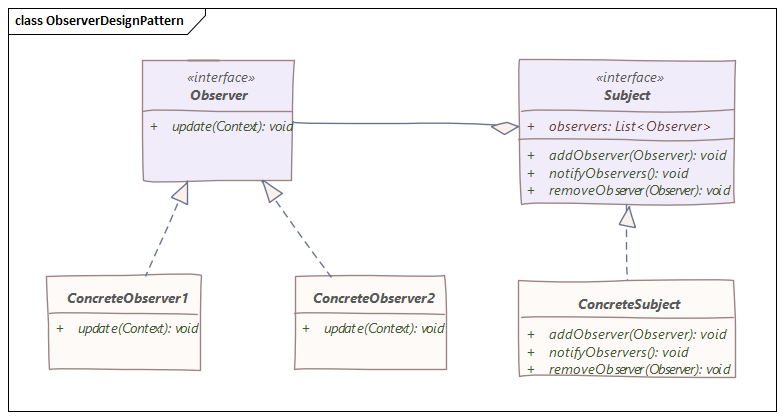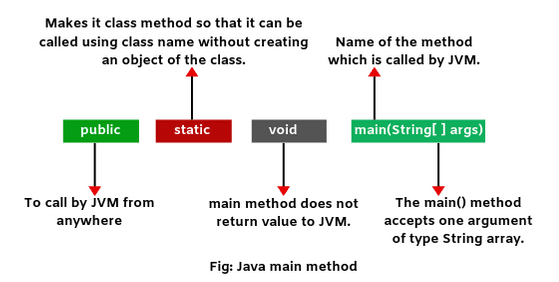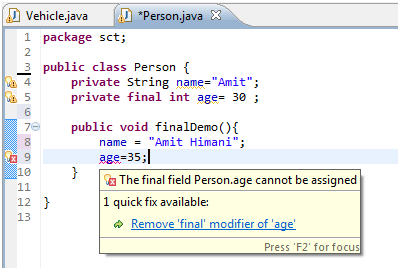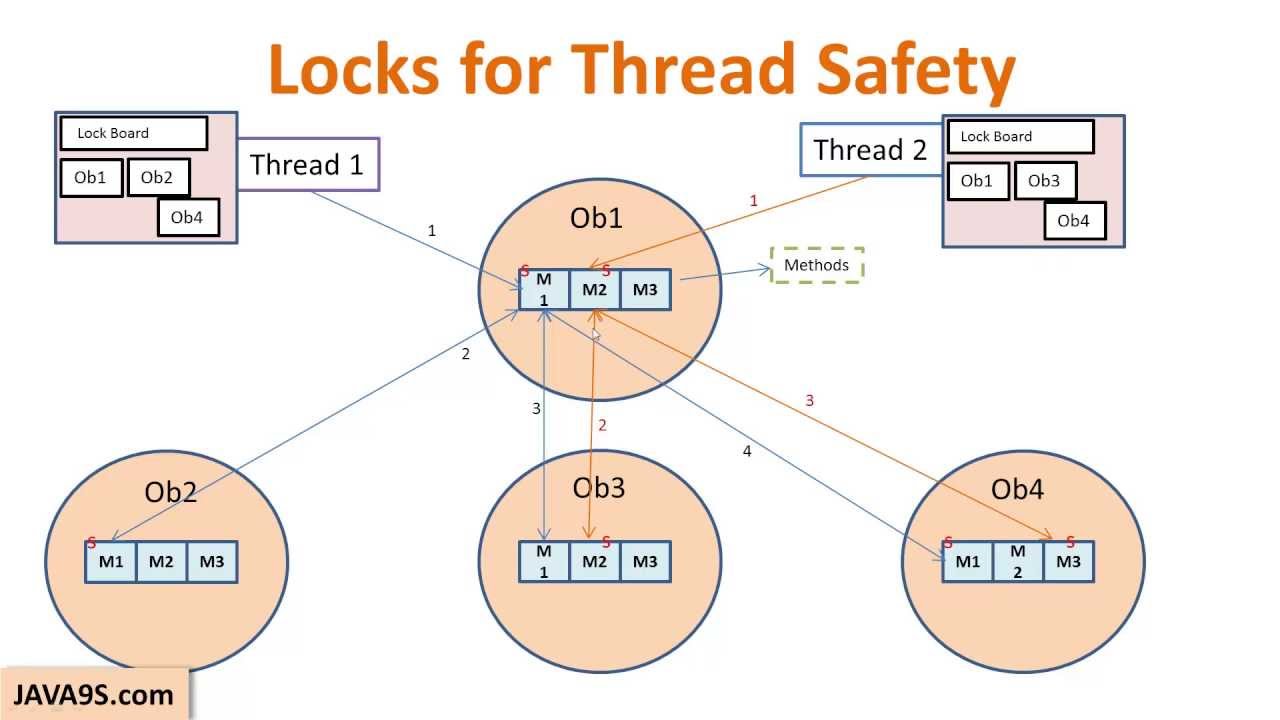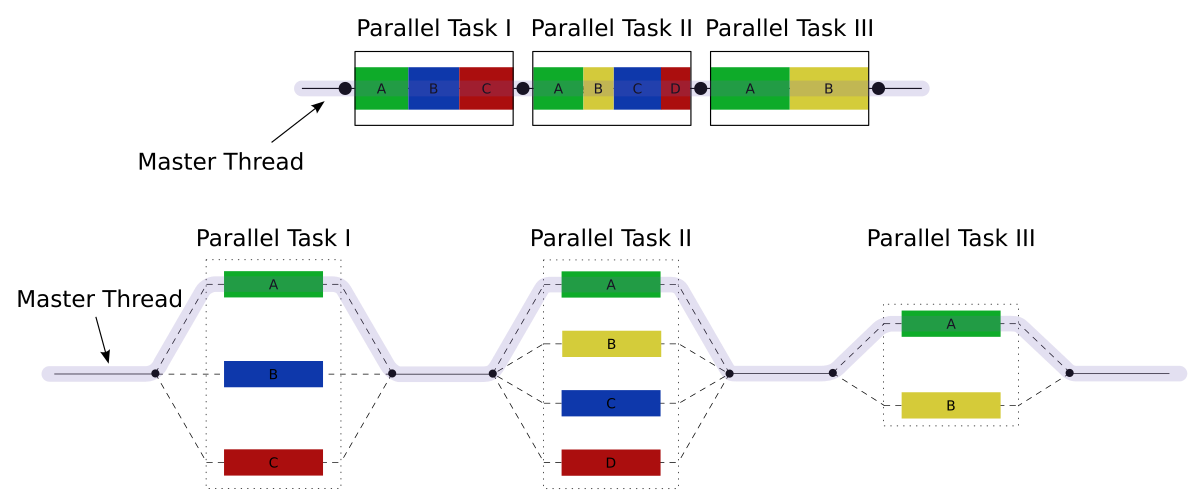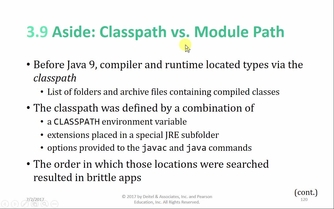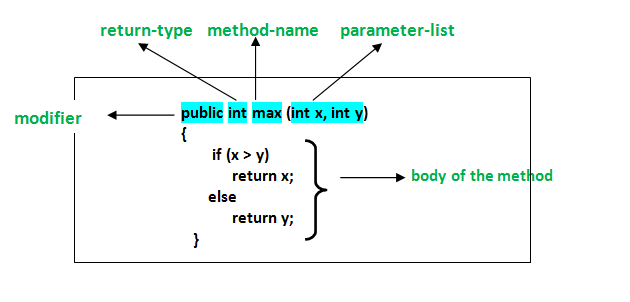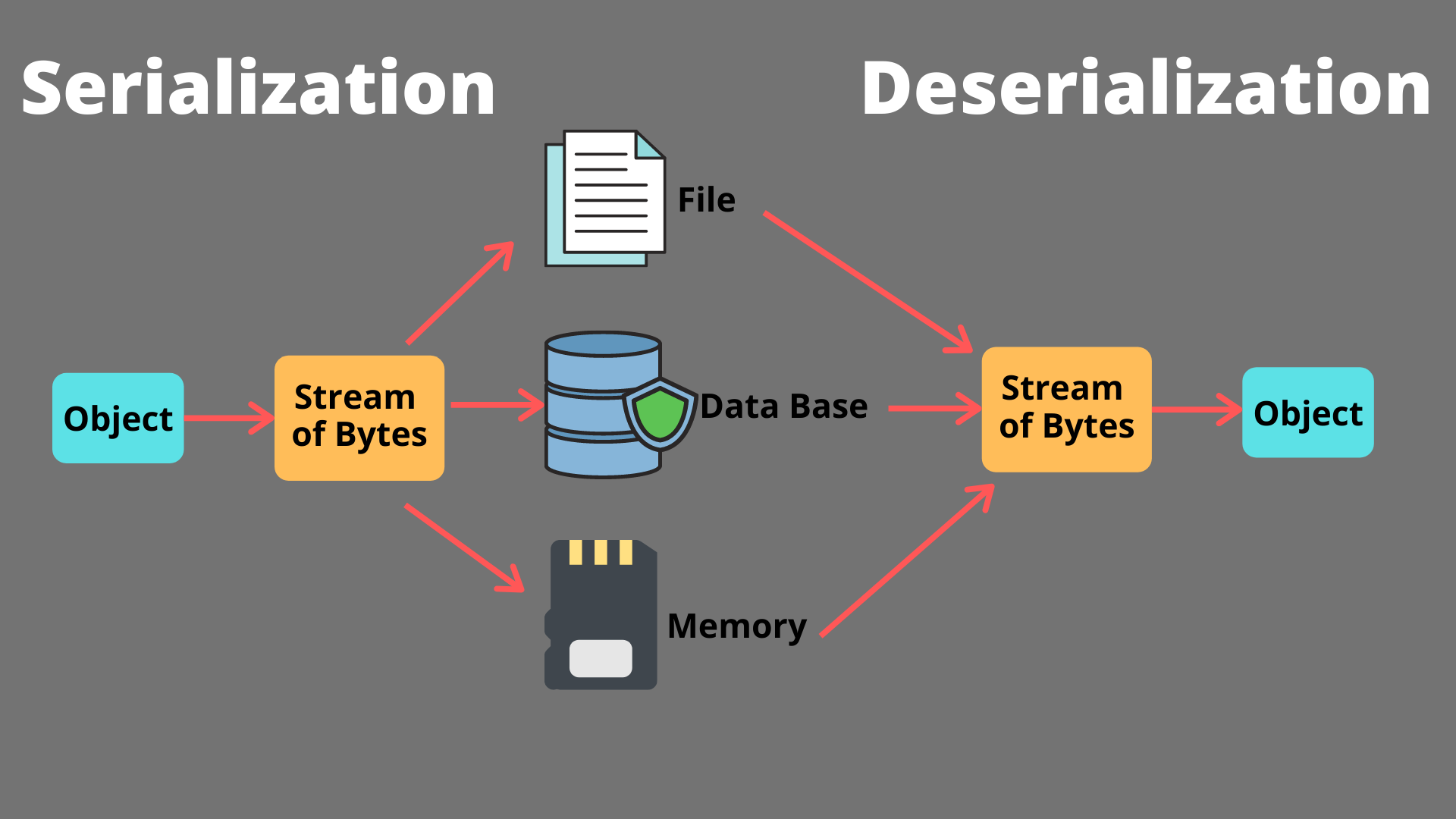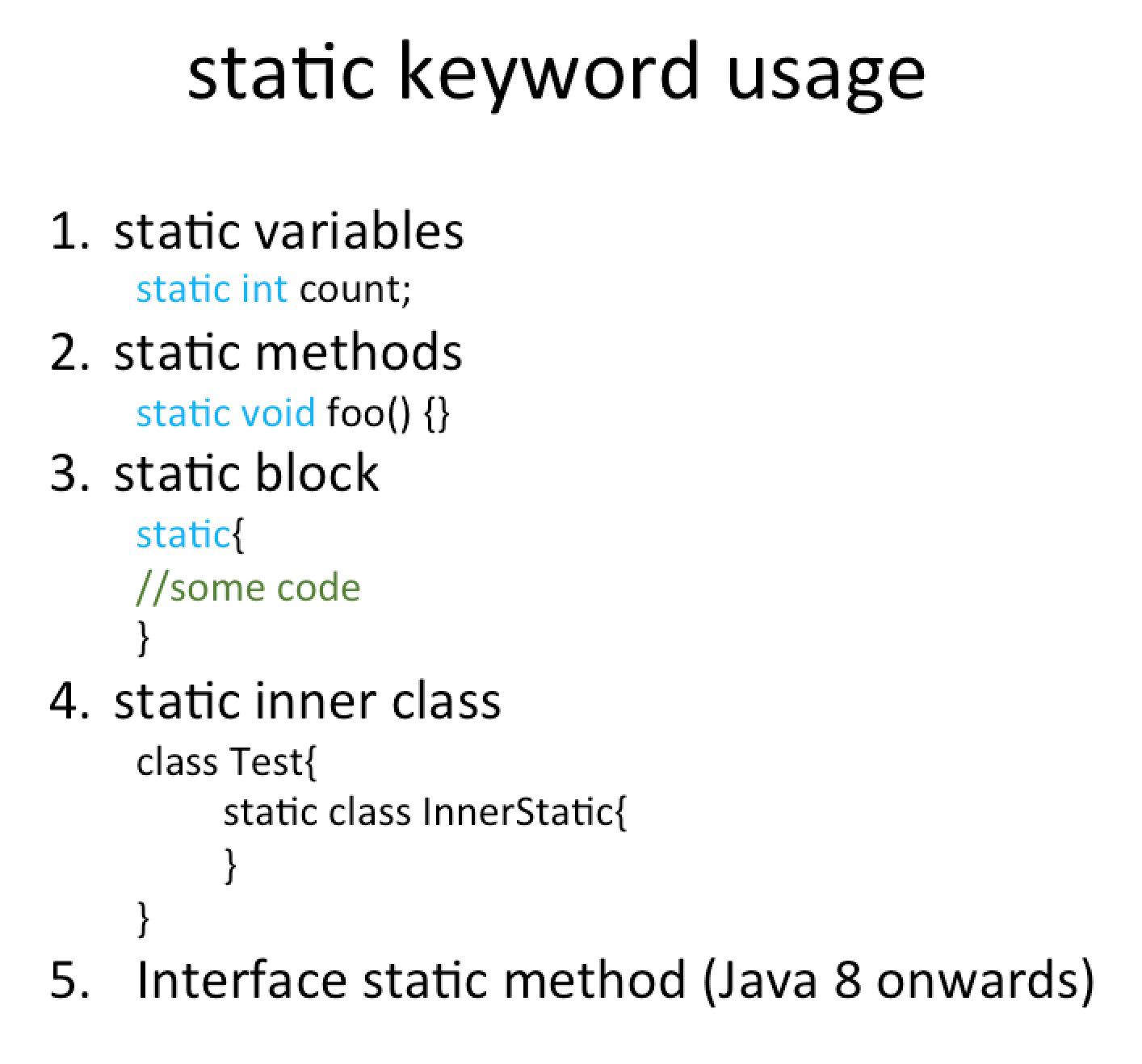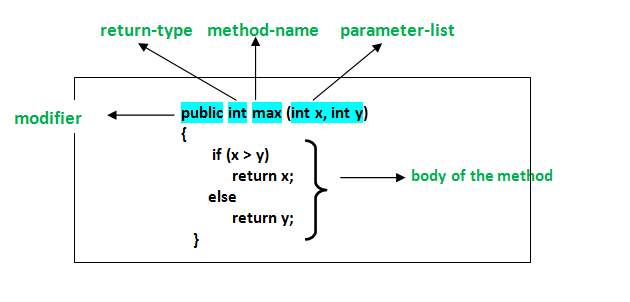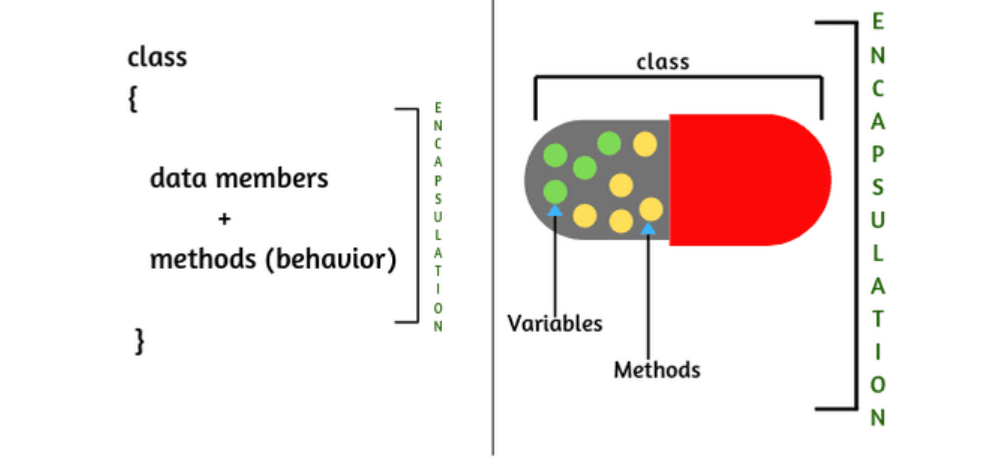What is SOAP used for in Java?
What is SOAP used for in Java?
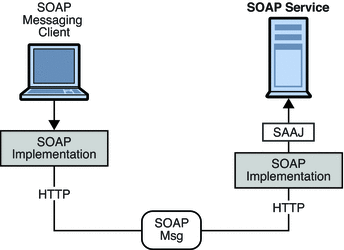
SOAP (Simple Object Access Protocol) is a protocol that defines how to format and transport data over the web using XML (Extensible Markup Language). In Java, SOAP is primarily used for building web services that allow different systems or applications to communicate with each other.
Java provides several APIs and tools that facilitate working with SOAP. Some of the most commonly used ones include:
JAX-WS (Java API for XML-Based Web Services): This API provides a programming model for developing service endpoint interfaces (SEIs) and client proxy classes. JAXB (Java Architecture for XML Binding): This API is responsible for converting Java objects into XML representations, and vice versa. It's used to marshal and unmarshal SOAP messages. SAAJ (SOAP with Attachments API for Java): This API provides a programming model for working with attachments in SOAP messages.With these APIs and tools, developers can create Java-based web services that use SOAP for communication. Here are some scenarios where SOAP is used in Java:
Web Service Clients: Java applications can use SOAP to communicate with other web services that expose their interfaces as SOAP-based endpoints. Service-Oriented Architectures (SOAs): Java-based systems can participate in SOAs by providing or consuming SOAP-based web services. Enterprise Integration: SOAP is often used for integrating different enterprise systems, allowing them to exchange data and information.When building a Java-based SOAP-based web service, you would typically:
Define the service interface using Java annotations (e.g., @WebService) and XML schema definitions (XSDs). Implement the service using Java classes that adhere to the defined interface. Use JAXB to marshal and unmarshal SOAP messages containing Java objects. Deploy the web service using a Java-based web container or an application server.SOAP in Java provides several benefits, including:
Platform Independence: SOAP allows different systems, regardless of their underlying platforms (e.g., Windows, Linux, macOS), to communicate with each other. Language Independence: SOAP's use of XML and HTTP enables communication between systems written in different programming languages (e.g., Java, .NET, Python). Stateless Communication: SOAP-based web services are stateless, making them well-suited for distributed systems that require loose coupling.In summary, SOAP is a fundamental protocol in Java that facilitates communication between different systems and applications over the web. By using Java APIs like JAX-WS, JAXB, and SAAJ, developers can create robust and scalable web services that leverage the benefits of SOAP-based communication.
What is the difference between REST and SOAP in Java?
I'd be happy to explain the differences between REST and SOAP in Java.
REST (Representational State of Resource)
REST is an architectural style for designing networked applications, particularly web services. It's based on the idea that every resource can be identified by a unique URI and accessed using HTTP methods such as GET, POST, PUT, DELETE. In other words, RESTful APIs use HTTP requests to manipulate and retrieve resources.
In Java, you can implement RESTful services using various frameworks such as Spring, Jersey, or Apache CXF. Here are some key characteristics of REST:
Stateless: Each request contains all the information needed to complete the request. Cacheable: Responses can be cached by the client for faster access. Uniform Interface: All requests use a uniform interface (HTTP methods and URIs) and support standard HTTP methods (GET, POST, PUT, DELETE). Layered System: RESTful systems are designed to work in layers, allowing for flexibility and scalability.SOAP (Simple Object Access Protocol)
SOAP is a protocol for exchanging structured information in the implementation of web services. It's based on XML and uses HTTP or other network protocols as the transport layer. SOAP messages typically contain application-specific data that can be understood by the receiving system.
In Java, you can implement SOAP-based services using frameworks such as Apache CXF, Metro, or Spring-WS. Here are some key characteristics of SOAP:
XML-based: All messages are wrapped in XML syntax. Protocol-Agnostic: SOAP messages can be transmitted over various protocols (HTTP, SMTP, etc.), making it more flexible than REST. WSDL-Based: Services are defined using WSDL (Web Service Description Language) files, which specify the interface and behavior of the service.Key Differences
Now that we've covered the basics of both REST and SOAP, let's discuss some key differences:
Message Format: REST uses JSON or XML for message bodies, while SOAP wraps messages in XML. Statefulness: REST is stateless (each request contains all necessary information), whereas SOAP can be used for stateful interactions (e.g., long-running transactions). Transport Layer: REST relies on HTTP and other standard protocols, while SOAP uses XML-based messaging over various transport layers. ** Complexity**: SOAP is generally more complex to implement than REST, as it requires the creation of WSDL files, handling errors, and managing session state (if required).When to Choose Each
So, when should you choose REST or SOAP for your Java project?
Use REST when: You need a lightweight, flexible architecture. Your application is mostly read-only (e.g., retrieving data). You want to leverage HTTP caching and scalability benefits. Use SOAP when: You require strong typing and schema validation for your messages. You need support for complex, long-running transactions or workflows. You're working with legacy systems that already use SOAP (e.g., Enterprise Integration).In summary, REST is a simpler, more lightweight approach for building web services, while SOAP provides stronger typing and schema validation but requires more complexity. Ultimately, the choice between REST and SOAP depends on your project's specific requirements and constraints.
